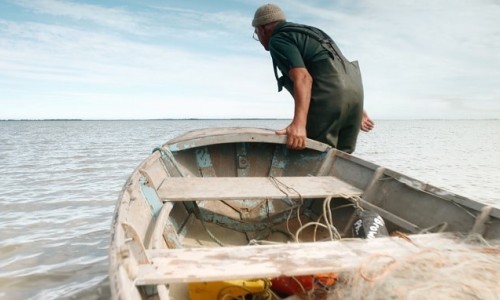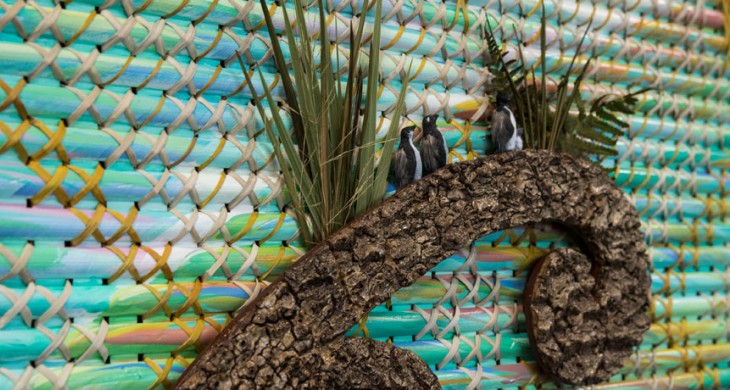Manaaki at the heart of mahinga kai
Te Waihora/Lake Ellesmere is a Ngāi Tahu tribal taonga/treasure. It is a major mahinga kai and an important source of mana to Ngāi Tahu.
Food and resource gathering at Te Waihora is as important today as it was for early Māori. Mahinga kai is the way resources are gathered, the places they are gathered from and the actual resources themselves. It also includes the customs practised in accordance with rangatiratanga/leadership, kaitiaki/guardianship and whakapapa/genealogy. By recognising, and continuing these traditional customs, mahinga kai ensures the continuation of traditional practices and the passing down of values to children and grandchildren.
At the heart of mahinga kai is manaaki, or looking after people – the quality and quantity of food whānau/family can produce is a reflection of mana/standing.

Te Waihora - the greatest fish basket
Te Waihora/Lake Ellesmere was the greatest fish basket in Te Waipounamu/South Island. The Lake provided fish and shellfish, it was a hunting ground for several bird species, and it was (and still is) the place where numerous plants and other natural resources could and can be found. The swamps provided raupō/bullrush and harakeke/flax, and Kaitorete Spit provided fish, pingao/sand binder and other plants. Various trees, used for building whare/houses and waka/canoes were found there; and several plant species growing around Te Waihora were used as medicines and food. Feathers and plant fibres sourced around Te Waihora were used for weaving and mud, soils, berries and tree bark were used for dying fibres. The seeds of some plants were used for their oil.
Materials such as bone, shells and wood were used to produce taonga/treasures, personal ornaments and tools. Of all the resources gathered at Te Waihora, the plentiful fish, especially the tuna/eels and pātiki/flounder, were the most valued.
Ko ngā hau ki ētahi wāhi, ko ngā kai ki Orariki.
No matter which way the wind blows, you will always eat at the pā of Orariki, Taumutu.
Ngāi Tahu mahinga kai
Joseph Wakefield, Cultural Advisor for the production of “Ngāi Tahu Mahinga Kai”, a 12-part online series offering a window into the lives of Ngāi Tahu whānau and their ancestors says the ability to hunt and gather food from the land and sea is part of the Ngāi Tahu DNA.
“Mahinga kai defines us. It is who we are, hence the reason why it is so important to pass on this knowledge to our future generations.”
“Our tīpuna/ancestors moved and hunted with the seasons, from the mountains to the sea catching, preserving and trading kai. It’s our past, our present and it will be our future. Regardless of how our environment has changed, we have remained motivated in the continuation of our art and practice of mahinga kai.”
Mahinga kai and the Canterbury Management Water Strategy
Mahinga kai is embedded in the Canterbury Water Management Strategy (CWMS), a collaborative framework that guides the management of multiple demands on the region’s water resources.
Te Waihora/Lake Ellesmere is in the Selwyn Waihora zone. Environment Canterbury employs a Pou Mātai Kō/Cultural Land Management Advisor to help farmers on land near Te Waihora/Lake Ellesmere understand and comply with rules, including Good Management Practice, designed to protect and enhance mahinga kai.
Watch the video where Mananui Ramsden talks to Tony Benny about the importance of integrating Ngāi Tahu cultural values into daily life for a farmer in Canterbury and how to protect the land where mahinga kai comes from.

